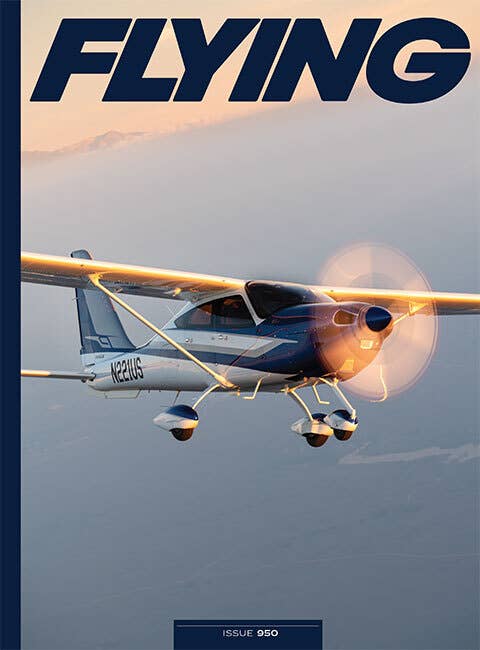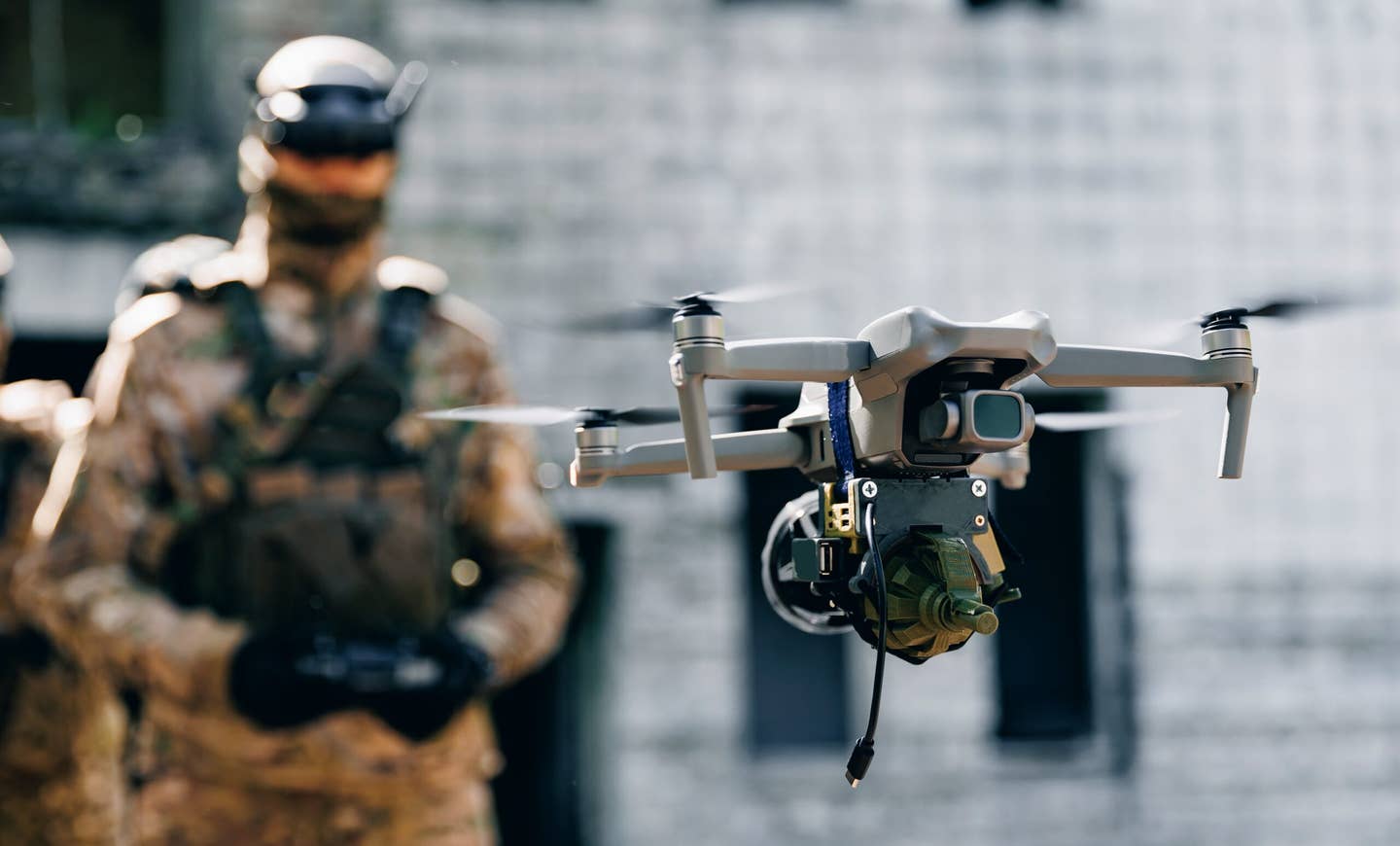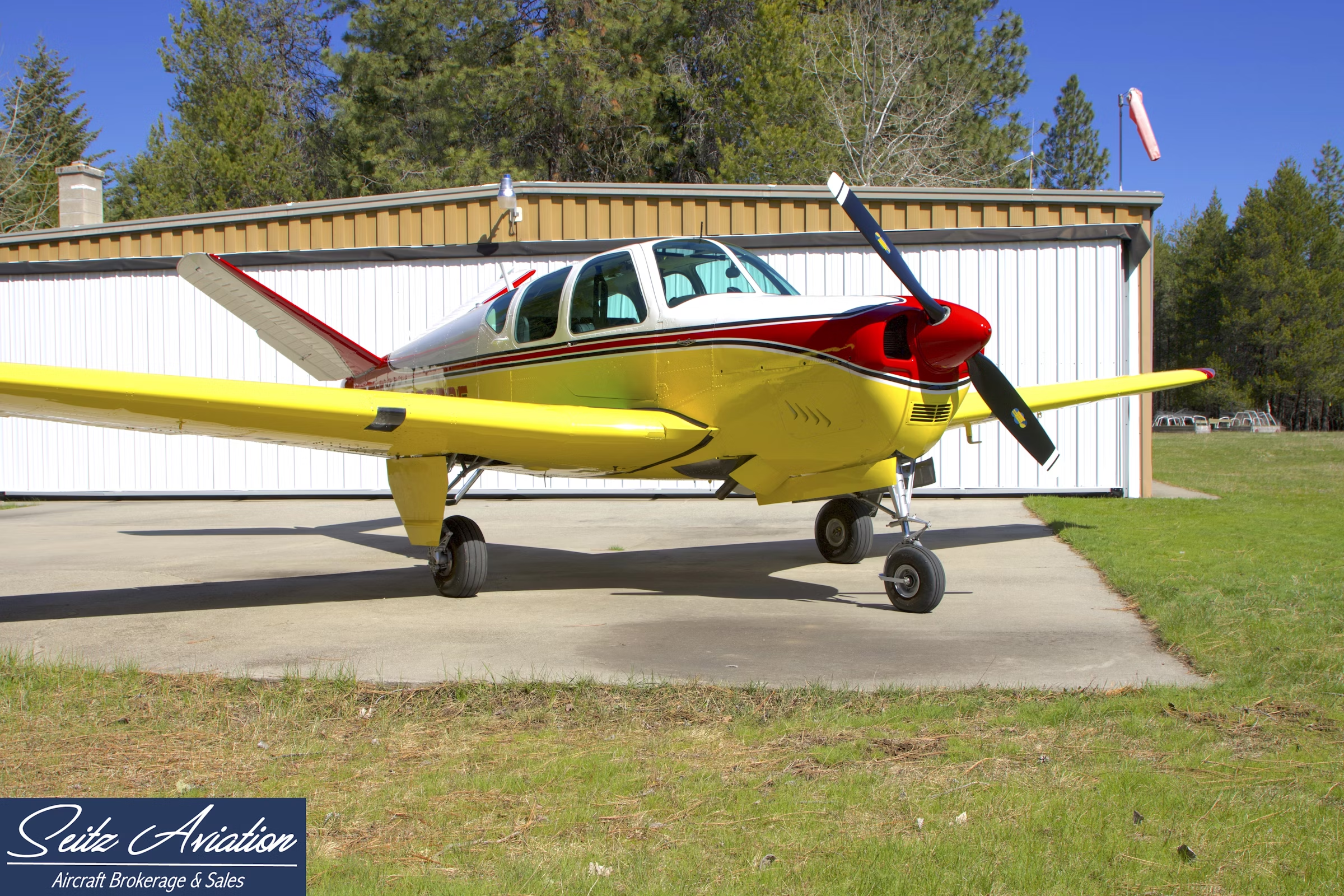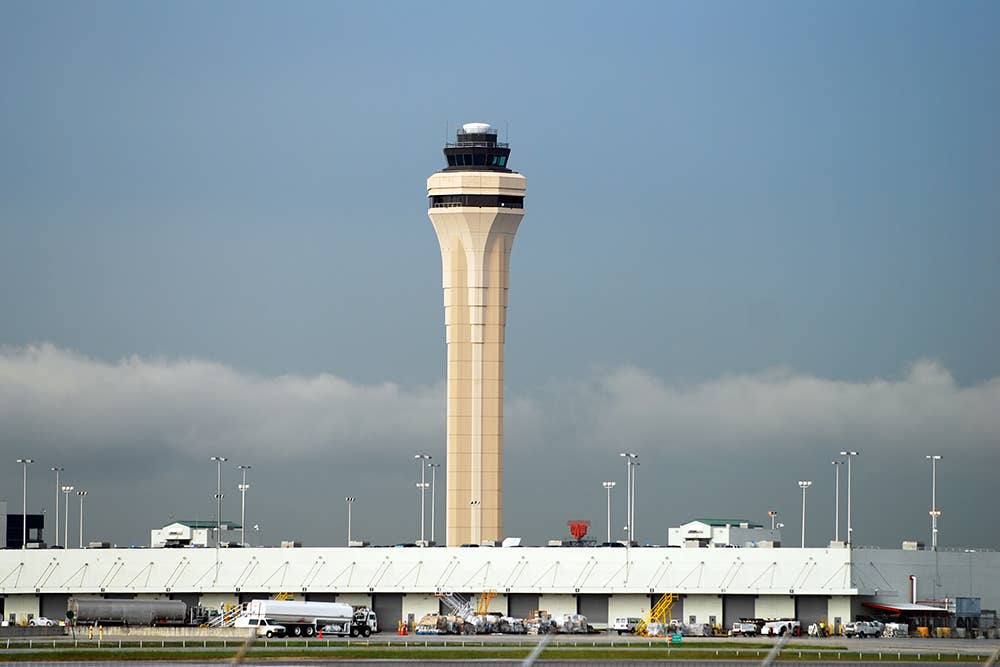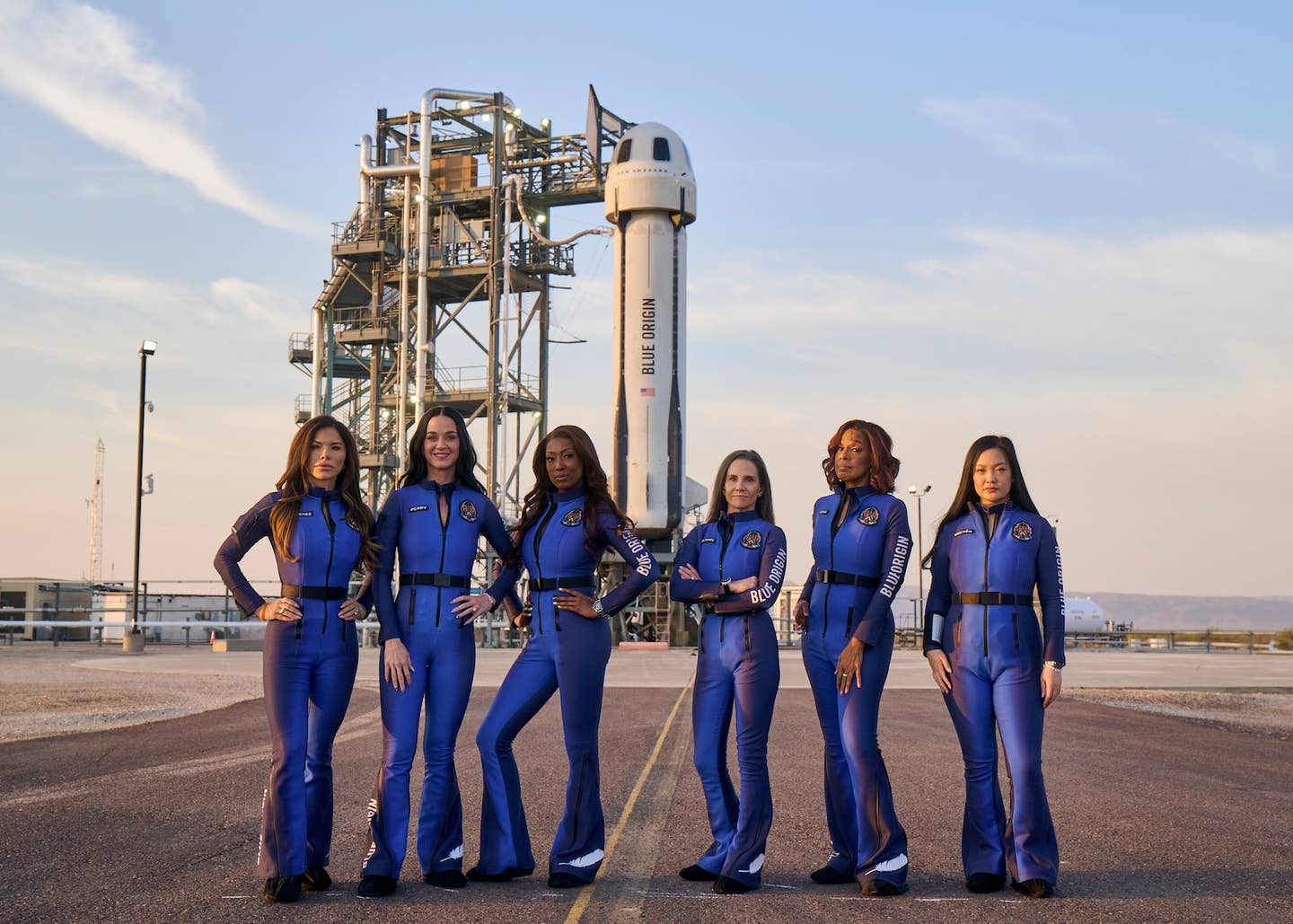Park City, Utah, Brings Out Big Fun for Every Season
Small mountain town offers stunning landscapes and year-round outdoor recreation.
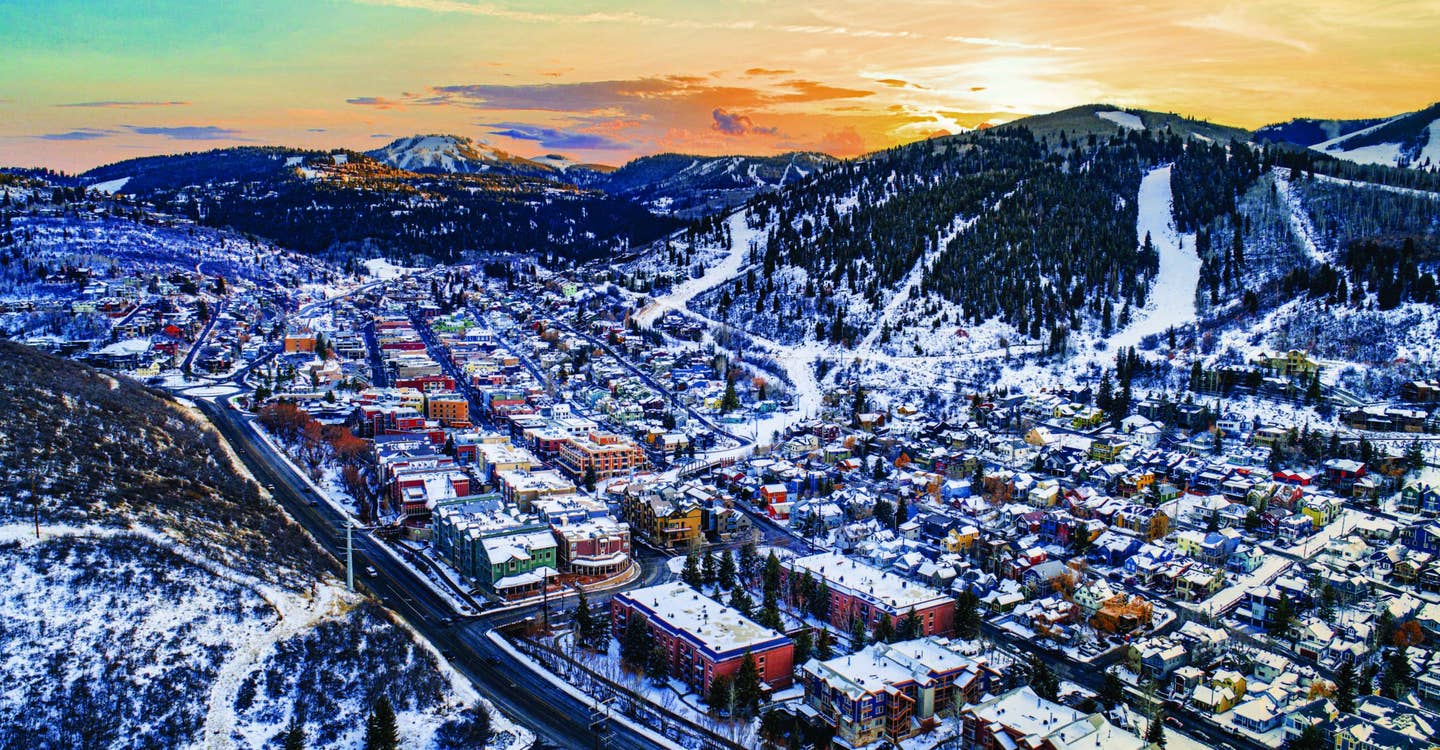
Rich in a storied history and culture, Park City offers even more than a skiing destination. [Adobe Stock]
Park City, Utah, is widely known for its stunning landscapes and year-round outdoor recreation offerings. With roots in mining, Park City’s identity has always been the byproduct of the mountainous terrain that surrounds it. The world-renowned town has a population of less than 10,000 residents.
Visitors during the warmer months often find themselves fly-fishing, rafting, hiking, mountain biking, horseback riding, or enjoying a number of other outdoor activities. A multitude of shops, restaurants, and galleries are a highlight as well.
If you're not already a subscriber, what are you waiting for? Subscribe today to get the issue as soon as it is released in either Print or Digital formats.
Subscribe NowWith nearby elevation that varies between 7,000 to 10,000 feet, snow may first arrive in early fall—and the town is typically ready to welcome winter sports enthusiasts in mid- to late November. The start of ski season is dependent upon accumulated snowfall and overall weather and can last into May. The frequency and quality of snow, as well as variety of elevation gains and terrain, has led the town to become synonymous with downhill skiing. Two major ski resorts, totaling thousands of skiable acres, call Park City home. The U.S. Ski & Snowboard organization is local as well, having hosted several events in Salt Lake City’s 2002 Olympic Winter Games and Paralympic Winter Games.
While many of the half-million-plus annual visitors come to hit the slopes, Park City is more than just a ski town. Incorporated in 1884 by Mormon missionaries, it is a lively destination that was once at the verge of becoming a ghost town. Fortunately, Parkites, as the local residents are called, weathered the trying years of the mid-20th century and reinvented the town during the 1960s.
The city celebrates both its storied past that began five millennia ago and its more recent rebirth. There are more than 400 designated landmarks and historical sites that pay homage to its original settlement, as well as the area’s rich mining heritage. This significant history is weaved into the region’s culture.
Flying In
There are a handful of airports within an hour or so drive of Park City, with Heber Valley Airport (KHCR) the option closest to the town’s center and two ski resorts. The airport is situated 1 mile south of Heber City’s business district, a town worth a visit in its own regard.
Both Heber City and Park City are a part of the Wasatch Back, denoting their location on the eastern side of the Wasatch Mountain Range. This chain of peaks travels for roughly 160 miles from the uppermost portion of Utah, ending at Mount Nebo at the south end—the Wasatch’s tallest point.
Naturally, mountain peaks and other natural landmarks are commonplace in Utah, and pilots overfly arguably one of the most picturesque portions of the country en route to the airport. With peaks that stretch as high as 11,928 feet, the Wasatch Mountains’ craggy and jutting formations are the most notable sights outside the windscreen in the near vicinity of landing.
Heber Valley Airport serves as the gateway to the Wasatch Back and sits at an elevation of 5,636 feet. The airport is located in a flat area surrounded by farmland, several reservoirs, and mountains. While the nearby vertical scenery requires some additional preparation from pilots, the valley’s terrain should cause little concern to the well-prepared aviator.
As with all mountainous flying, there is the potential for wind direction and speed changes to be mindful of when flying in or out.
The Airport
Heber Valley Airport welcomes GA traffic only and has one runway. The airport sits 20 miles south of Park City, which equates to about a half-hour drive.
Like the greater Park City area, Heber Valley Airport was well established before its rise to prominence. Following World War II, Heber City purchased land for the airport, but the project was at a standstill until six local men stepped up to acquire funding and push the development over the finish line. These residents simultaneously formed the Heber Valley Flying Service, which provided flight instruction on the field during one of the country’s pilot booms.
In addition to introducing locals to aviation, the group was instrumental in charting the airport’s future. For years, the bulk of the flight school’s income resulted from veterans using their GI Bill benefits to become pilots. In 1952, the organization dissolved, but its members continued being instrumental assets to the area’s aviation ecosystem.
One of these founding fathers of Wasatch Back aviation’s lifelong efforts was memorialized through the airport’s alternative name, Russ McDonald Field. McDonald flew from the airport through the better part of five decades before his death in 2004. At one point, he owned a P-51 Mustang, which was a frequent in the airshow circuit and the north central Utah skies.
Around the same time the airport’s official name was changed, one of its most crucial infrastructure enhancements was completed. In 1992 Heber Valley Airport’s paved runway was extended to 6,898 feet long to accommodate an increased number of jet operations. Runway 4/22 is 75 feet wide, lighted, and has an RNAV (GPS)-A approach.
The airport sees a healthy mix of piston, turboprop, and jet traffic—with aircraft as large as ultra-long-range business aircraft. Transient aircraft of all sizes are subject to a $4 fee per landing (more for aircraft with a maximum takeoff weight greater than 8,000 pounds).
According to FAA terminal area forecast (TAF) estimates, the agency anticipates a steady 2.9 percent growth in operations per year through 2040 at KHCR. There are currently 143 aircraft based at the airfield, which is served by one FBO, OK3 AIR.
As demands for air travel to Heber City, Park City, Deer Valley, and other towns continue to grow, the future of the airport has been put into the spotlight in recent years. Goals and resulting suggested plans of action have varied. Some want to expand the airport where it is. Others feel it would be best to find an alternative location for the region’s aerial gateway—although that’s a cumbersome option as the airport has accepted federal funds in support of its operations. Regardless of how the demand is met, this destination is becoming an increasingly popular choice among GA pilots.
Things to Do
Art Soirée
The Kimball Art Center was established in 1976 and serves as a focal point for much of the community’s artistic expression. The art center exists to inspire, educate, and connect through art. Its no-charge exhibits and programs are possible through the support of its loyal sponsors.
- READ MORE: Traveling the Scenic Lookout Mountain Parkway
One of the institution’s many events held throughout the year is an art soirée on March 29. Now in the fourth year, this year’s highly anticipated event will be held at one of Park City’s most haute alpine lodges.
The gathering of art enthusiasts serves as a fundraiser to further the art center’s work in the community.
Another flagship put together by the Kimball Art Center is its annual art festival—one of the top ranked in the country—typically held in the late summer.
Park City Wine Festival
Two events held each year in the Wasatch Back specifically target wine enthusiasts—the spring and fall renditions of the Park City Wine Festival (April 3-5, October 2-4). Samples are available from more than 100 wineries from around the globe.
Visitors are treated to artfully crafted meal and wine pairings, in addition to winemaker- and sommelier-led education sessions. Additionally, there are wine hikes that pair the stunning scenery with some of your new favorite vino.
Soldier Hollow Classic Sheepdog Championships
Each year, Park City goes to the dogs on Memorial Day weekend—energetic herding dogs that is.
The four-day event (May 23-26) showcases the animals’ innate abilities to shepherd sheep from Point A to Point B. And the gathering is for more than just optics and practice for these canines (and their handlers), it’s a scored competition that tests the border collies’ abilities on half a dozen different metrics.
The championships have been held here for over two decades, drawing more than 10,000 spectators and competitors from more than a dozen countries. The event takes place on the Olympic Hillside, an interesting terrain for the dogs and livestock alike. In addition to the main herding events, there are agility and other types of demonstrations.
Sundance Film Festival
The Sundance Film Festival is synonymous with global up-and-coming films. The highly acclaimed annual event was first conducted in Salt Lake City in 1978, and today tens of thousands of visitors flock to Park City to watch intellectually provocative works of motion picture art.
The festival has been held in Park City since 1981 and shifted from a late summer event to the last weekend in January—reportedly at the suggestion of famed director Sydney Pollack, who felt that those who enjoy skiing would also like independent films.
After more than three decades of being in Park City, the future host site for the Sundance Film Festival remains in question for 2027. The 2026 showing will be the last one scheduled in town that has been confirmed, after which it may be moved to another North American site. Park City is on the short list with Boulder, Colorado, and Cincinnati, Ohio.
CAF Utah Wing’s Heber Valley Museum
For those wanting to incorporate aviation into their itinerary, look no further than the southwestern-most hangar at Heber Valley Airport.
The Commemorative Air Force’s Utah Wing meets its mission of preserving and sharing history through a predominantly WWII-focused collection. This selection of aerial artifacts is highlighted by a Stearman PT-17 biplane that the general public can book tickets to fly in. There are also a trove of photos, literature, weapons, uniforms, and other complimentary mementos on display.
While the museum is officially closed from November through April, the organization’s enthusiastic volunteers will accommodate groups looking to visit with advance notice. During times of regular operation, there are frequent events at the museum, including hangar dances and a wings-and-wheels car show.
Additionally, the facility can be rented for private events. The organization’s aircraft are also available for themed photo shoots.
Ski Resorts
Park City’s ski resorts offer bunny slopes to black diamond runs, with an impressive array of options that challenge rookies and professionals alike. Both facilities also provide numerous options for shopping, fine dining, and lodging, ensuring that your time on the slopes is a complete and first-class experience.
Park City Mountain Resort is the country’s largest lift-served ski resort and dates back to 1963. The resort is spread across 7,300 acres and averages more than 120 groomed trails daily, which is notated as the most of any North American facility.
Several events during the 2002 Salt Lake City Olympics were held at Park City Mountain Resort, and it is set to host a handful of skiing and snowboarding events during the 2034 Winter Games. For novice and rusty mountain-goers, the resort offers group and private lessons for all ages.
Also situated in the Snyderville Basin, the Deer Valley Resort was established in 1981, although the land has been used for skiing since the 1930s. Deer Valley, which is a ski-only resort, is also frequently chosen to host a cadre of international competition events, including the century’s first Winter Olympics.
Deer Valley has 2,026 acres of skiable terrain across six mountains, equating to 103 runs supported by 21 chairlifts. The facility’s base is at 6,570 feet, and the highest run starts at nearly 10,000 feet.
Other Winter Sports
On average, Park City sees more than 300 inches of snow a year, and this powder is suitable for more than just downhill skiing. One fun, family-friendly option is tubing at Woodward Park City. This way of coasting down the mountainside retains all the fun of skiing or snowboarding while removing much of the skill and hard work.
For a more adrenaline-pumping way to experience the Utah winter, consider a bobsled ride at the Utah Olympic Park. This facility showcases the history of local skiing and American athlete’s international competition efforts, in addition to being an Olympic training site for American winter sport athletes participating in a variety of disciplines. The gliding track was used during the games, and those who sign up for the ride along do so with an experienced pilot. The ride lasts less than a minute, and speeds can reach almost 100 mph (during competition).
There are hundreds of miles of trails in the area, which can be traversed during winter via another unique mode of cold-weather transportation called “fat bikes.” These are standard-issue mountain bikes equipped with larger tires—serving a similar function to snowshoes. Visitors also can snowshoe, ice-skate, and ride snowmobiles around town.
Dog sledding is another fun way to traverse the snow-covered terrain. There are five local guides that offer the unique experience of being a musher behind a team of powerful canines.
Cross-country skiing is also a popular way to cover the land, and there is a facility dedicated to the calorie-intensive sport. White Pine Nordic Center provides rental equipment, as well as lessons, and sports more than 20 kilometers of groomed and classic terrain.
Leisure Activities
A number of natural hot springs lie within a hundred-mile radius of Park City. These pools of heated water help to dissipate muscle pains gained on the slopes, while being memorable experiences in their own regard.
The closest hot spring, Homestead Crater, sits in Midway, which is about a half-hour drive away. The hot spring was formed long ago via runoff from the Wasatch Range and its waters stay around 90 to 95 degrees Fahrenheit throughout the year. Reaching a depth of 65 feet, the mineral-rich body of water is often used by scuba divers and snorkelers, as well as those looking for a calming soak.
There are other options for relaxation within the immediate vicinity of Park City as well. Spas offering various services are located throughout town. There are also many celebrated places to practice Après-ski, including within the quaint Old Town area, where over 200 businesses are located. The vibrancy of this historic area is most evident at night when street and shop lights twinkle in front of the stunning backdrop of snowcapped slopes.
Fun to note is that a widely accepted means of accessing restaurants and stores is via the mountain. Park City’s Main Street offers ski-in and ski-out access, easily connecting the most known activity with a wide array of other reasons that make it worth a visit.
This column first appeared in the February Issue 955 of the FLYING print edition.
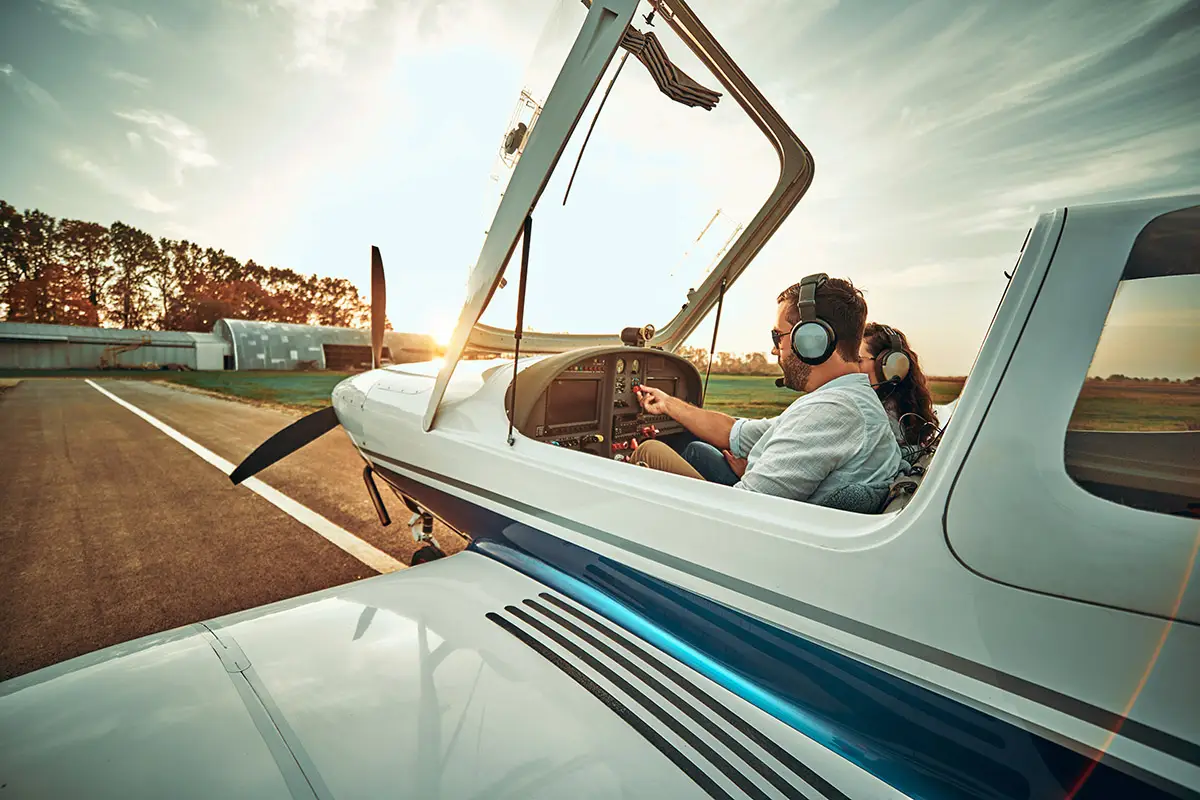
Sign-up for newsletters & special offers!
Get the latest FLYING stories & special offers delivered directly to your inbox

